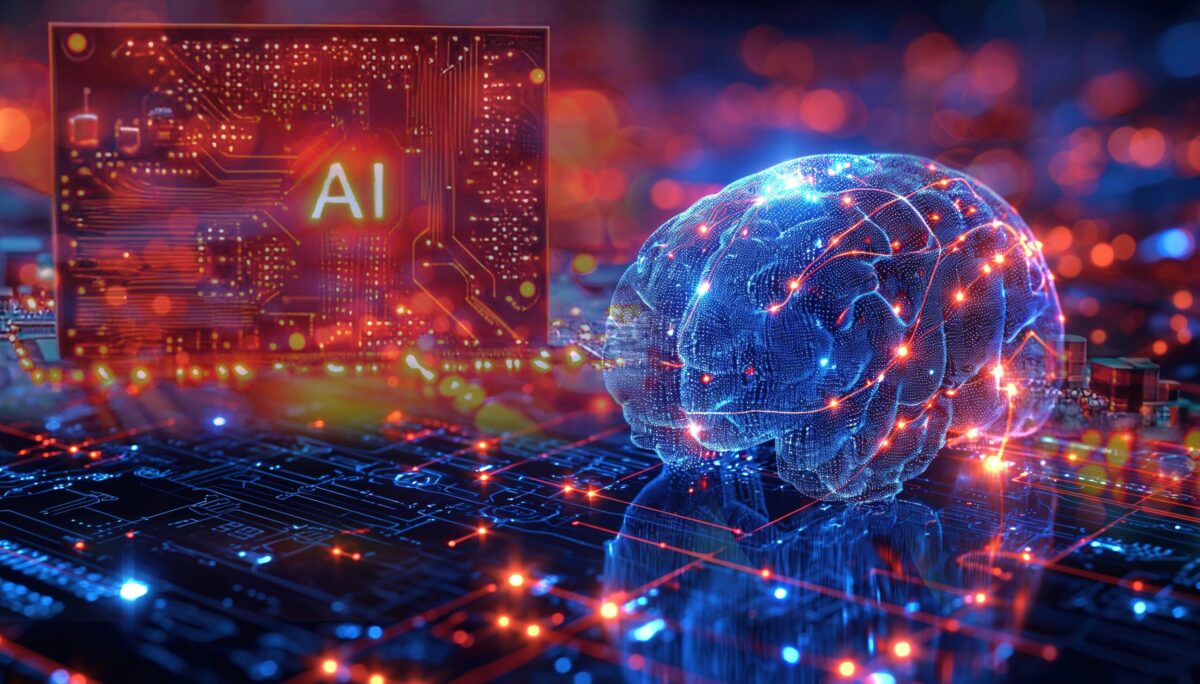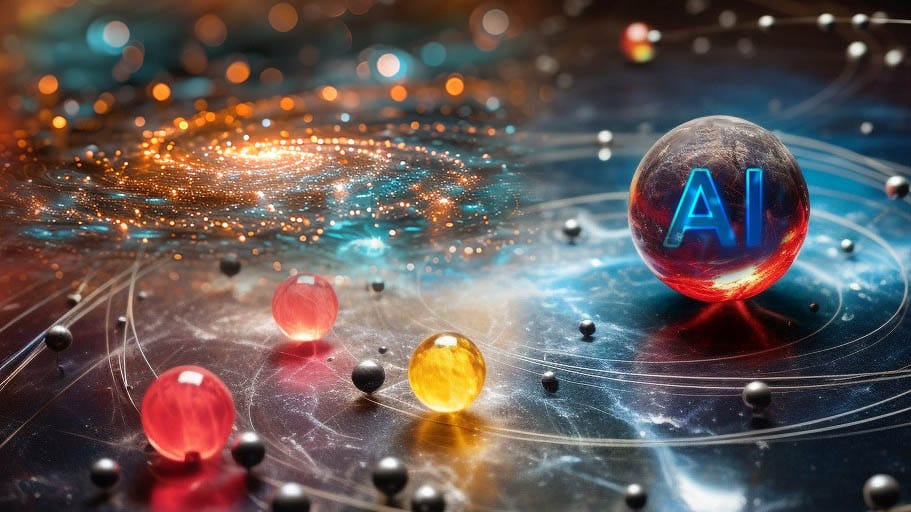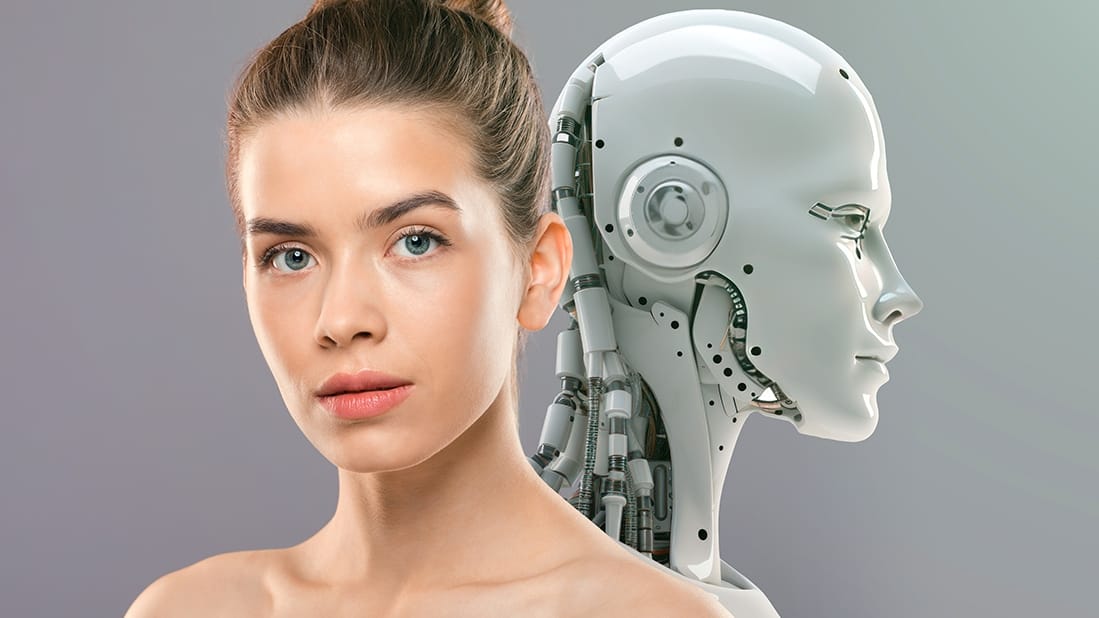Significance of Artificial Intelligence
Today “Artificial Intelligence” (AI) is not just a buzzword; it is a revolutionary force transforming industries, businesses, and everyday life. From healthcare to finance, from transportation to entertainment, AI’s impact is profound and ever-expanding. Let us briefly check what AI truly is, how it operates in various fields, and the significance it holds in our world today.
Artificial Intelligence at the core, refers to the development of computer systems that can perform tasks that typically require human intelligence. These tasks confine to learning, reasoning, problem-solving, perception, and even speech recognition. AI aims to create machines that can think, learn, and adapt just like humans, if not better.
AI Tech involves tasks like :
- Learning and adapting: AI systems can learn from data, identify patterns, and adjust their behavior accordingly.
- Problem-solving: AI can analyze situations, weigh options, and propose solutions.
- Decision-making: AI can make choices based on learned information and predefined criteria.
- Pattern recognition: AI excels at finding patterns in complex datasets, uncovering hidden insights.
- Natural language processing: AI can understand and generate human language, enabling voice assistants and chatbots.
- Machine learning: AI systems are trained on vast amounts of data, enabling them to identify patterns and relationships. Over time, they improve their performance on tasks without explicit programming.
- Deep learning: This is a subfield of machine learning inspired by the structure of the human brain. Deep learning algorithms consist of artificial neural networks that process information in a layered fashion, mimicking how the brain learns.
Why is Artificial Intelligence Important?
The importance of AI cannot be overstated. It offers a myriad of benefits, such as:
- Efficiency: AI streamlines processes, which reduces time and resources required for tasks.
- Accuracy: Machines can perform tasks with precision, minimizing all kinds of errors which human may commit.
- Innovation: AI encourages innovation by automating tedious tasks, freeing up human creativity and time.
- Data study: It aids in data analysis, providing valuable insights for informed decisions at seconds speed.
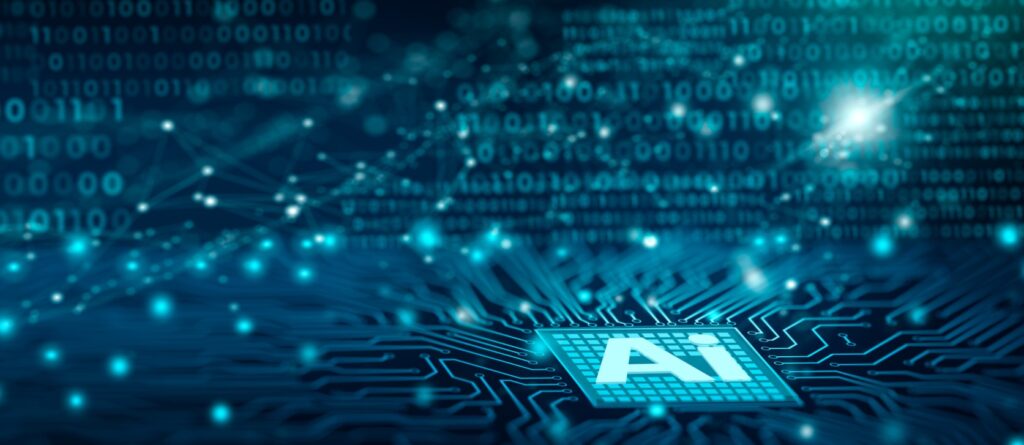
The Making of Artificial Intelligence
How is AI Made?
Creating AI involves intricate processes, including:
- Data Collection: Massive amounts of data are gathered from various sources, such as sensors, devices, and online repositories.
- Algorithm Development: Sophisticated algorithms are crafted to process and analyze the collected data, identifying patterns and correlations.
- Machine Learning: AI systems employ machine learning algorithms to learn from data, adjusting and improving their performance over time.
- Deep Learning: A subset of machine learning, deep learning utilizes neural networks with multiple layers to mimic human brain functions.
AI’s Sources of Knowledge
Where Does AI Get Its Information From?
- Data Streams: AI systems rely on continuous streams of data, both structured and unstructured, which enables it to make informed decisions.
- Internet Sources: AI platforms do use techniques like web scraping and data mining to extract valuable insights from online sources, including websites and social media platforms.
- Sensors and IoT: Smart sensors embedded in devices provide real-time data on environmental conditions, user behavior, and more.
- Public Databases: Access to publicly available datasets, such as government databases and scientific research repositories, enriches AI training and knowledge.
How to Program an AI
How does AI work in simple terms
AI Developers create robust and effective AI systems tailored to specific tasks. Programming an AI involves several key steps to develop intelligent systems that can learn and make decisions. Without going deep, following are the simple steps to just understand how its done:
- Select a Framework: Choose a suitable AI framework such as Tensor Flow, PyTorch, Scikit-learn, Apache MXNet, or Jax etc. based on the project requirements and familiarity.
- Data Preparation: Gather and preprocess data that will be used to train the AI model. This includes cleaning the data, handling missing values, and splitting the dataset into training and testing sets.
- Choose an Algorithm: Select the appropriate machine learning algorithm based on the task, whether it’s classification, regression, clustering, or reinforcement learning.
- Implement the Algorithm: Write the code to implement the chosen algorithm using the selected framework. This involves defining the model architecture, specifying hyperparameters, and compiling the model.
- Training the Model: Train the AI model using the training data to learn patterns and make predictions. Adjust parameters as needed to optimize performance.
- Evaluate the Model: Test the trained model using the testing dataset to assess its accuracy, precision, recall, or other relevant metrics.
- Optimize and Fine-Tune: Fine-tune the model by adjusting hyperparameters, trying different algorithms, or using techniques like regularization to improve performance.
- Deployment: Once satisfied with the model’s performance, deploy it into production systems, ensuring it can handle real-time data and make accurate predictions.
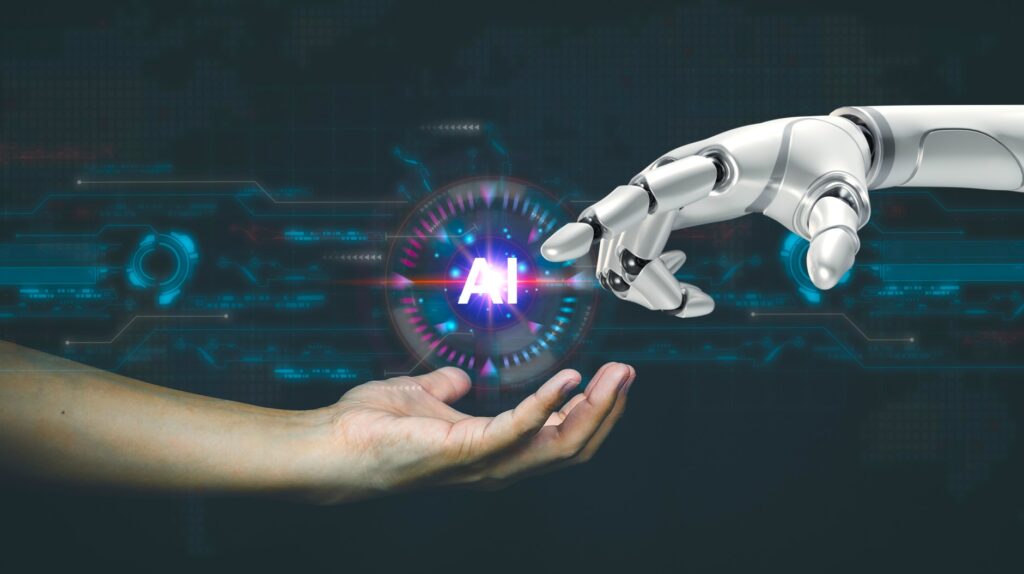
Applications of Artificial Inteligencia
How to Use Artificial Intelligence
AI finds applications in diverse fields, including:
- Healthcare: AI assists in Diagnostics, medical image analysis, personalized medicine, drug discovery, and personalized patient care plans. AI-powered robots assist surgeons in complex procedures.
- Finance: AI algorithms detect fraudulent activities, predict market trends, helps in algorithmic trading, risk assessment, and also automate trading processes. Chatbots provide customer support for financial services.
- Transportation: Autonomous vehicles use AI for navigation. Developed nations has brought its wide use nowadays in traffic prediction, accident prevention, traffic management, and transport logistics optimization. Tesla’s self-driving cars use AI for navigation.
- Entertainment: AI-driven content recommendation systems personalize user experiences in streaming platforms, gaming AI opponents, social media, and virtual reality experiences. AI-generated programs for music making & emulations are too taking the world by storm.
- Creativity: Today is the age displaying creativity through various channels or platforms of visual media. Creators take immense help of AI tools to simplify and quicken their work to bring them to the world. Platforms like OpenAI, Midjourney, Runaway, Gemini, and more of the likes have widespread application of artwork and writing in the creative industry.
AI Examples
- Language Translation: Services like Google Translate use AI to translate text between languages, improving accuracy with machine learning. Programs like Microsoft translator, HIX, DeepL etc. are also pretty accurate in this job.
- Virtual Assistants: AI-powered assistants, such as Google’s Assistant, Amazon’s Alexa, Apple’s Siri, respond to voice commands and perform tasks based on natural language processing.
- Image and Video Analysis: AI algorithms can identify objects, faces, emotions, and even detect anomalies in images and videos for security purposes. Vision management systems & ChatGPT4, AzureAI, EdenAI,
- Computer Vision Systems: These use image processing algorithms in multiple computer vision channels to analyze images in order to extract information from video data.
- Video Management System (VMS): Its software application that records video from security cameras. A VMS provides a single interface for viewing live and recorded video from many cameras, as well as search, playback, and export capabilities. These are designed to work with specific cameras, like IP cameras. Some VMS providers are Honeywell, Avigilon, Bosch, Pelco and Hikvision.
Interesting Facts About AI
- AI in Sports: Athletes and coaches use AI to analyze performance metrics, improve training routines, and predict game outcomes. NBA teams employ AI algorithms to analyze player performance, develop game strategies, and optimize team rotations. Second Spectrum’s AI for basketball analytics. Other examples is ‘Hawk-Eye technology’ use in tennis and cricket.
- AI in Agriculture: AI-powered drones and sensors monitor crop health, optimize irrigation schedules, and predict harvest yields. John Deere’s precision farming technology.
- AI Artifacts: The world’s first AI-created painting, “Edmond de Belamy,” was sold at auction for $432,500. AI-generated fashion designs by Carlings.
- AI in Fashion: Retailers use AI algorithms to predict fashion trends, recommend clothing styles, and personalize shopping experiences. Stitch Fix’s AI styling recommendations.
- AI Creations: AI-generated artworks, music compositions, and literature are gaining popularity in the creative industries. The AI-written novel “1 the Road” by University of Toronto.
When did artificial intelligence become popular
- While the term “artificial intelligence” was coined in 1956, AI research has seen periods of heightened interest throughout history.
- The 1950s and 1960s witnessed an initial surge in AI research funding and exploration.
- An “AI winter” followed in the 1970s and 1980s due to limitations in computing power and setbacks in achieving initial goals.
- A renewed boom period began around 2010, fueled by advancements in:
- Computing power
- Access to massive datasets
- Development of powerful algorithms like deep learning
- This period saw AI breakthroughs in various fields and a rise in public awareness, leading to AI’s current popularity.

AI inventor
- Alan Turing: Often considered the “father of AI,” Turing’s work on theoretical computer science, including the Turing machine, laid the groundwork for modern computing and AI.
- John McCarthy: Credited with coining the term “artificial intelligence” in 1956, McCarthy also played a pivotal role in establishing AI as a distinct academic field.
- Arthur Samuel: A pioneer in machine learning, Samuel’s work on self-learning checkers programs laid the foundation for AI applications in games.
- Marvin Minsky: A leading figure in early AI research, Minsky co-authored a seminal book on neural networks and made significant contributions to machine learning.
- Allen Newell and Herbert Simon: Pioneered research on symbolic AI, developing problem-solving programs like the Logic Theorist and the General Problem Solver.
-
Joscha Bach:
A renowned German, cognitive scientist and AI researcher, has made significant contributions to the field. His work involved cognitive architectures, understanding the human mind, and creating AI with human-like intelligence. Bach’s research pushes the boundaries of what AI can achieve, inspiring innovation worldwide. He very aptly states: “Artificial Intelligence is not just the future; it is the present reality shaping our world.”
The above are just a few of the many scientists who have made significant contributions to the field of AI. The field continues to evolve thanks to the work of countless researchers and developers around the world. As the 21st century progresses, let the scientific temper continue to explore, innovate, and harness the potential of AI for a brighter and smarter future.
Read this article about how AI can be detected and its uses & reliability


